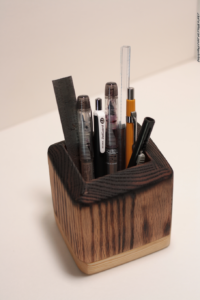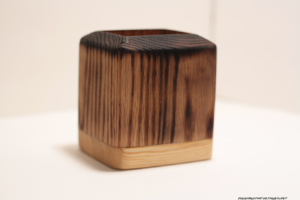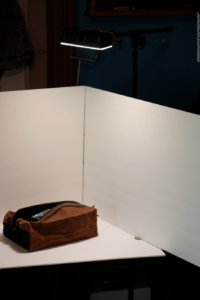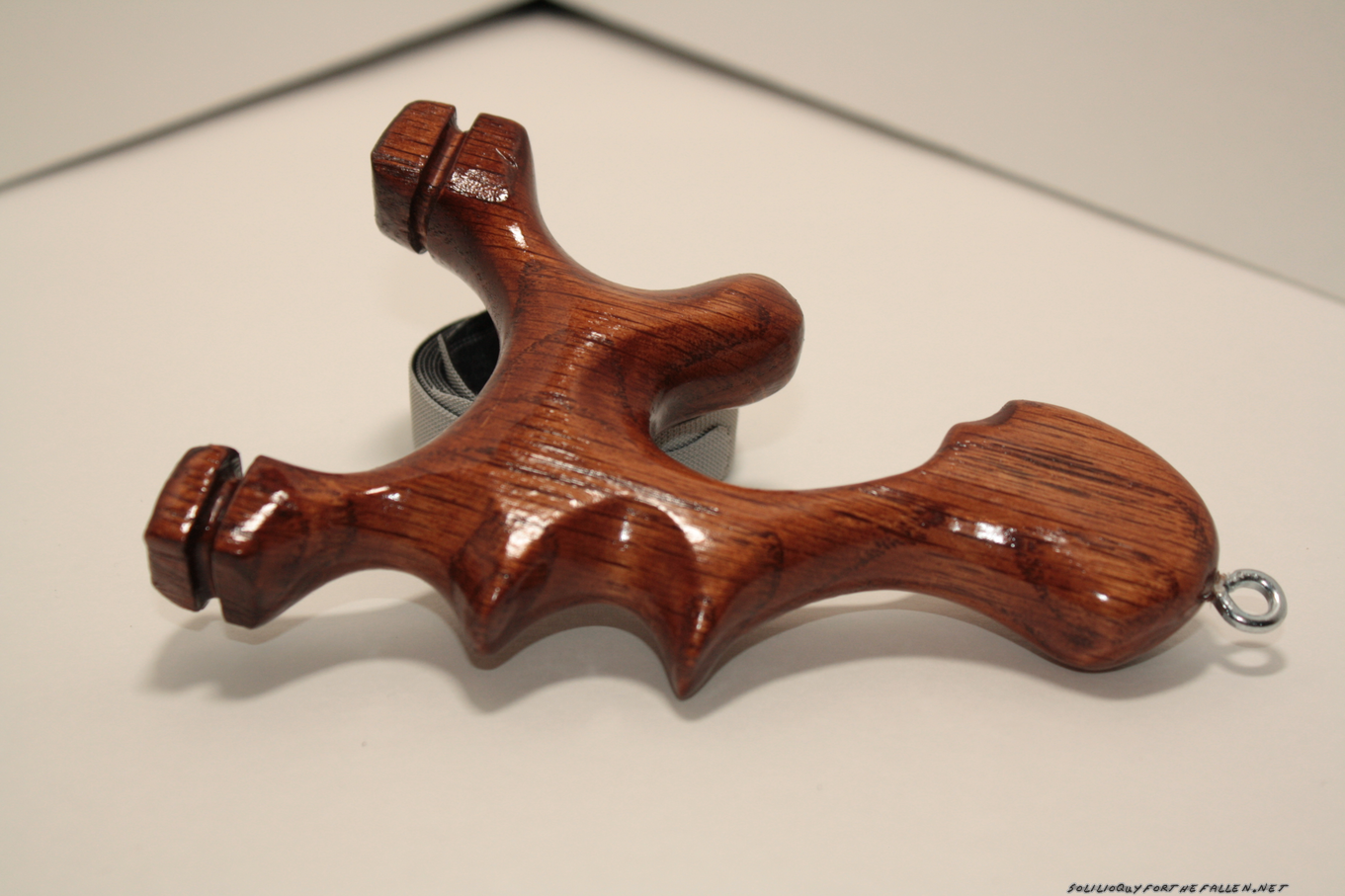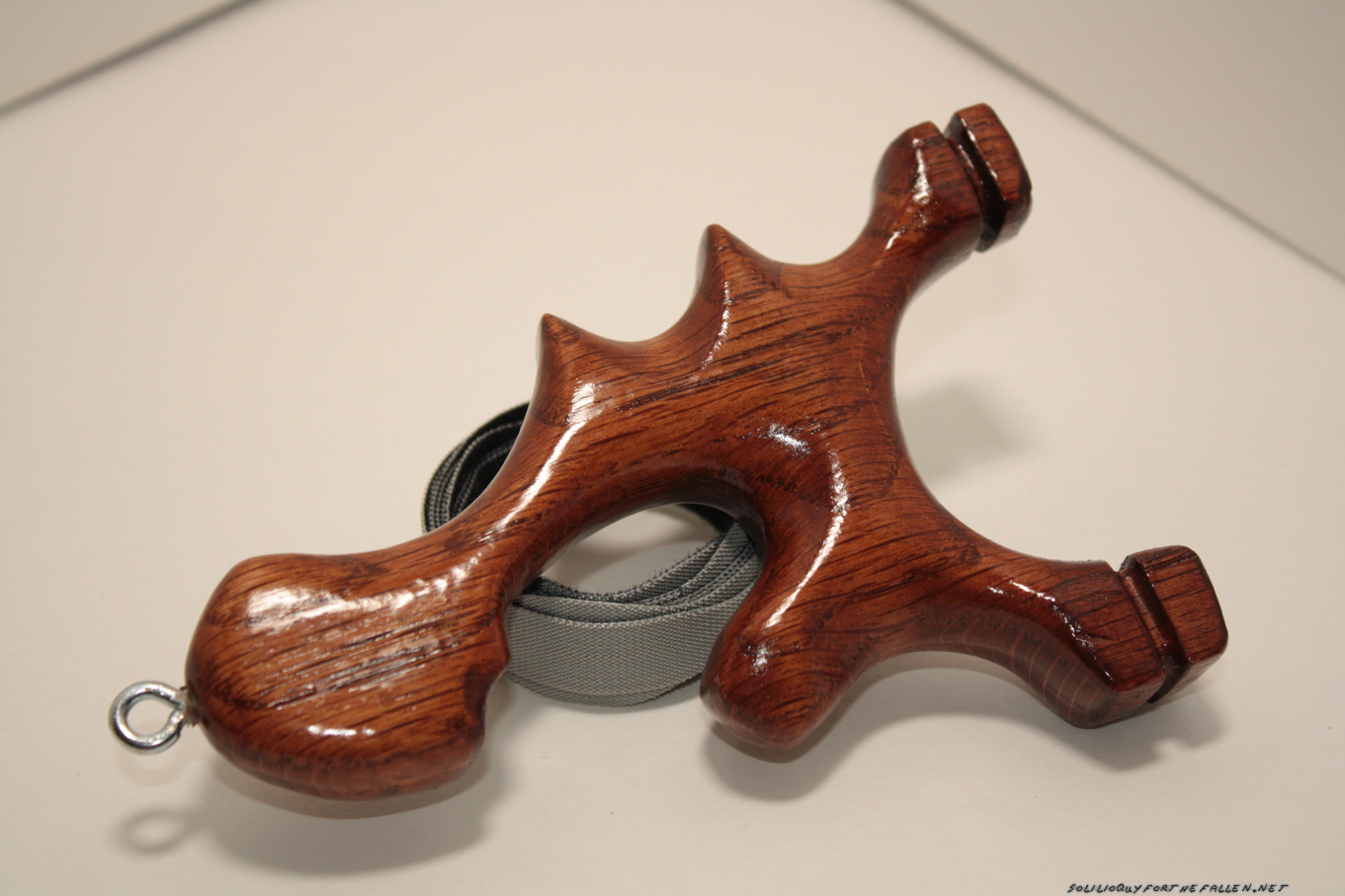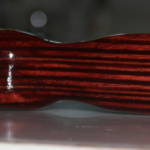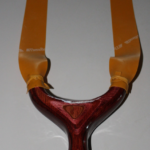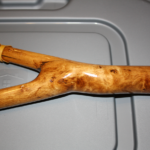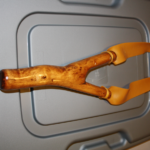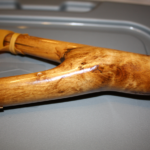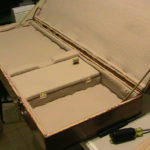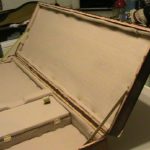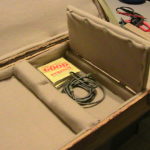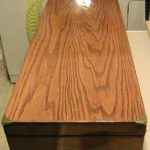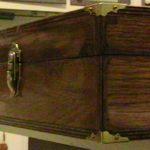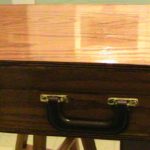Sometime around June 2017, I built an end fed antenna with match box. End feds are not … great antennas but they are decent for the space they take up in a go kit. The way mine is currently configured works well down to 40M. End feds are basically a long length of wire, with a 9:1 UNUN to help your tuner match it to multiple amatuer radio bands.
The real question though, is how to get the blasted thing up in a tree. Generally, the higher you can get an antenna, the better off you will be (unless you’re trying to do NVIS, but that’s a whole other subject). I considered using a modified spud gun, but I haven’t had good luck with spudguns in the past. I also didn’t like the idea of having to either hand pump the cannon or bring an air compressor. The NPOTA I attended we did not have an easy solution for powering a compressor either. So, here’s the solution I came up with. 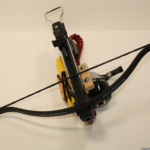
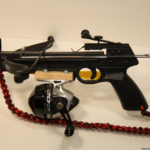
Originally, I had been planning on mounting a fishing reel onto a slingshot and launching a lead weight with the slingshot. However, I was at a local farm supply store and saw a Bolt Crossbow. I thought it was a much better solution (and more accurate) then a slingshot and smaller then a bow & arrow, so I bought it. I had gotten the zebco 202 on clearance at walmart that I was planning on mounting to a slingshot for getting ropes high in trees. Since this crossbow can handle both purposes, I decided to use it for that.
Then, I had some layout and decisions to make. I wanted to have two bolts on board the crossbow, and then the fishing reel. With that information, I laid out how large a piece of 1×4 I needed. I cut a channel with the table saw for the crossbow to fit in down the middle of the block, then drilled two holes in the block. Then I drilled and tapped the crossbow to mount the block. I drilled two holes to mount the fishing reel, then drilled and tapped the reel so I could mount the reel to the block. Finally, I drilled two holes on the opposite side of the reel for the bolts to fit in. A hair tie (stolen from a sister) retains them.
All in all, a pretty simple build. I keep toying with building another version, able to be taken down making it smaller and more compact, based on an ar15 pattern rifle.
Parts List:
- Amazon equivalent of my crossbow
- Amazon Zebco 202. I only recommend the Zebco 33, Zebco 202, and the Zebco 11t.
- Picatinny Rail Crossbow
